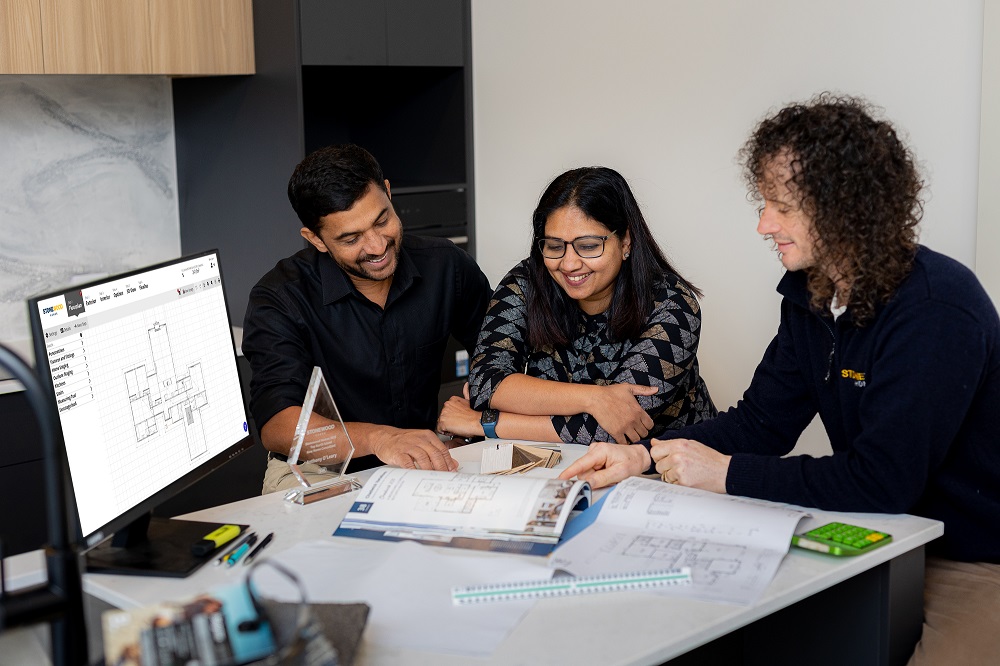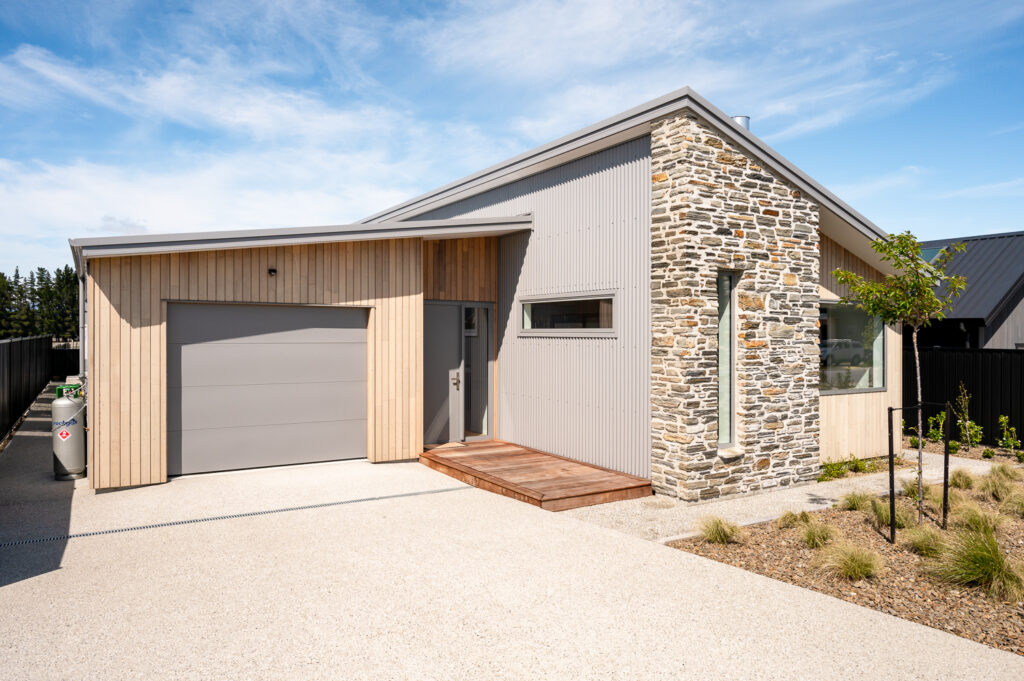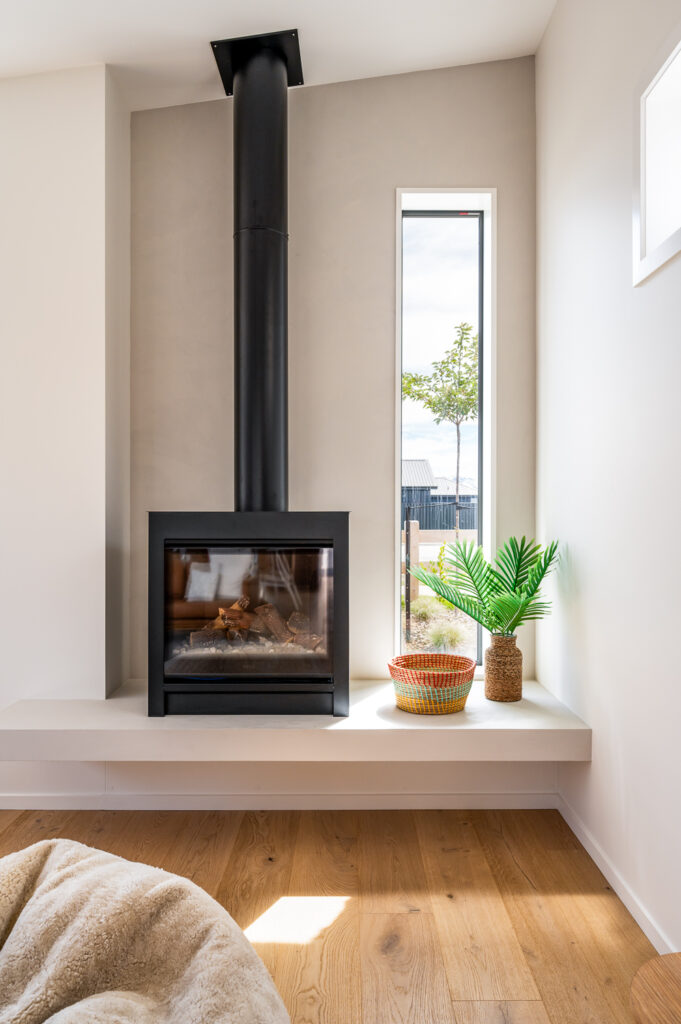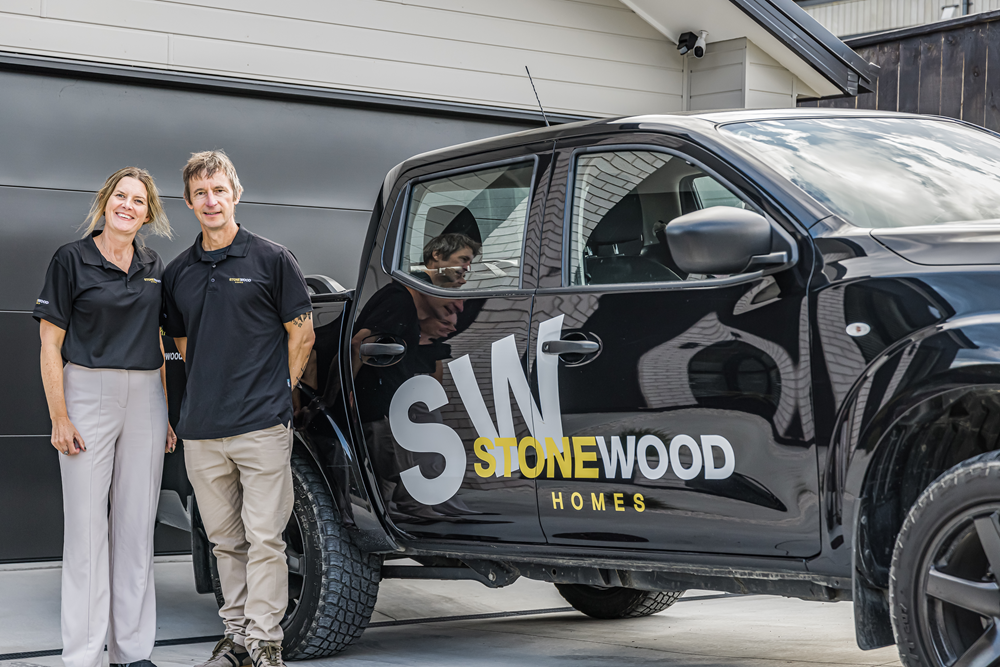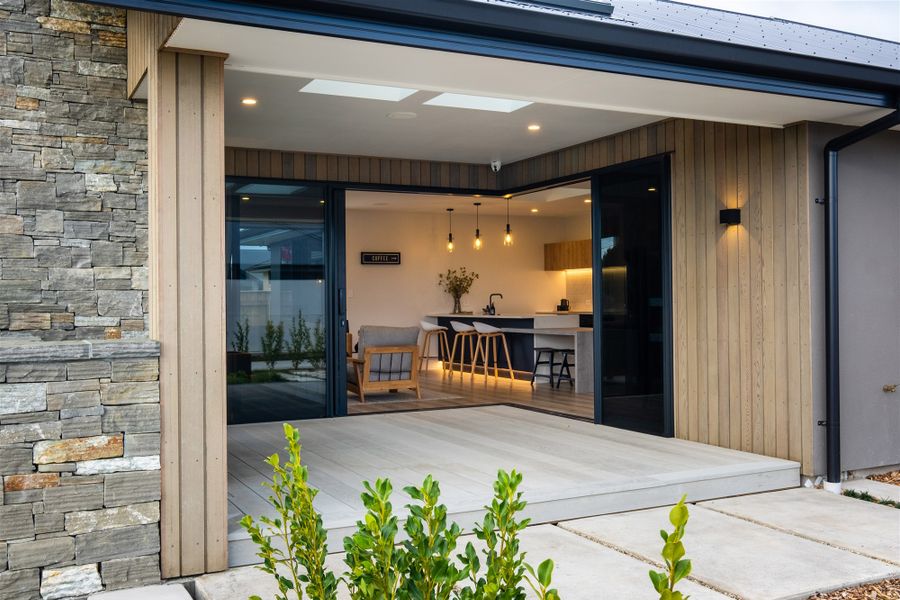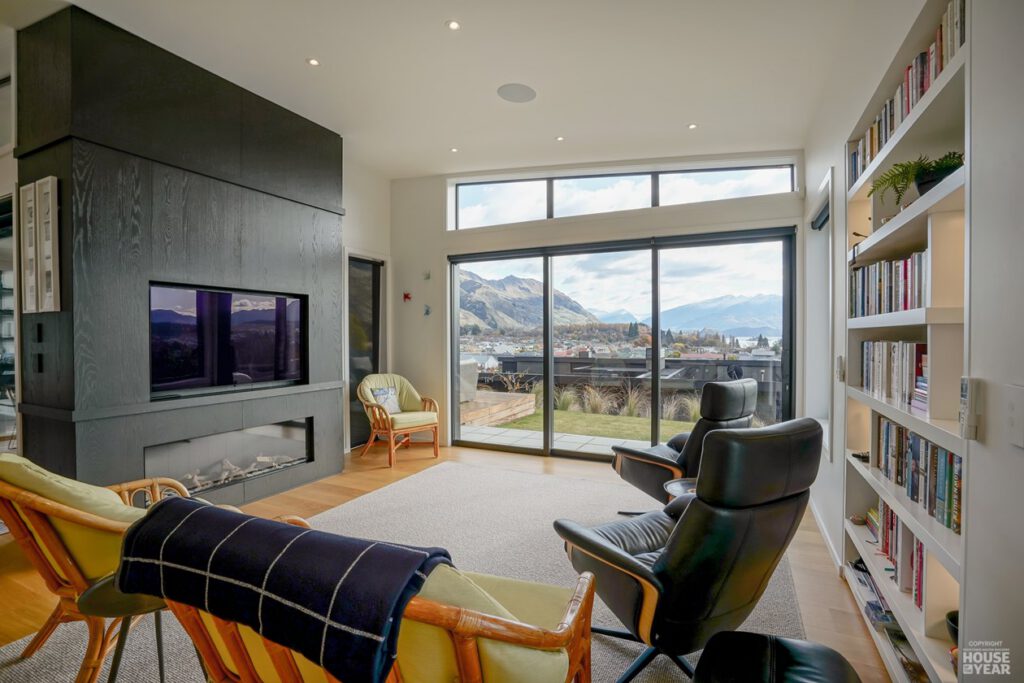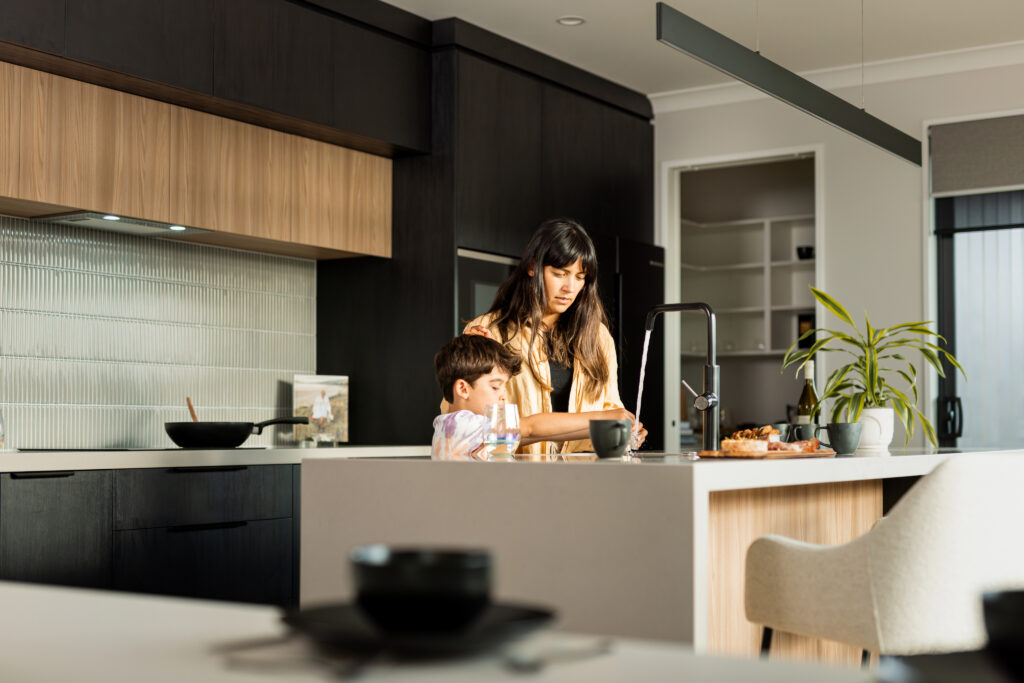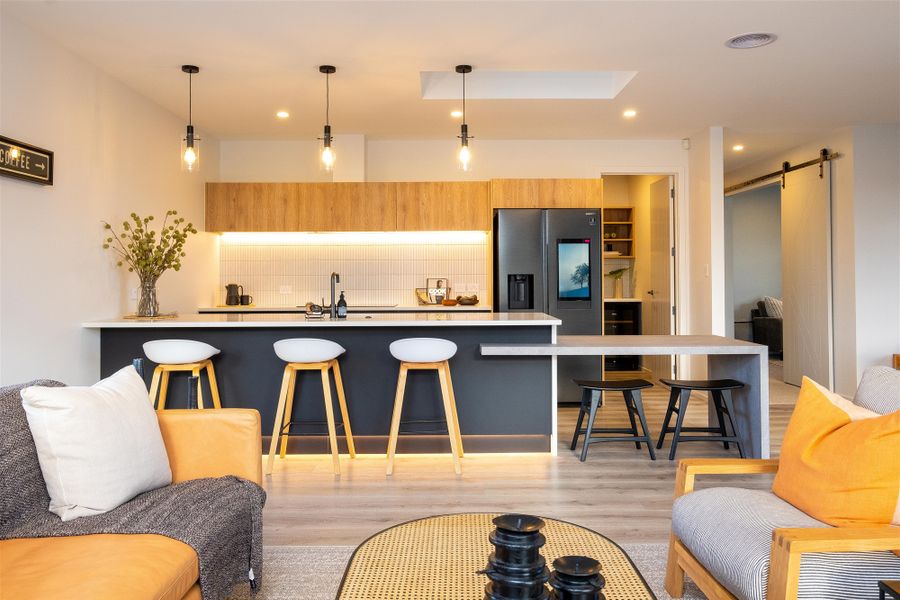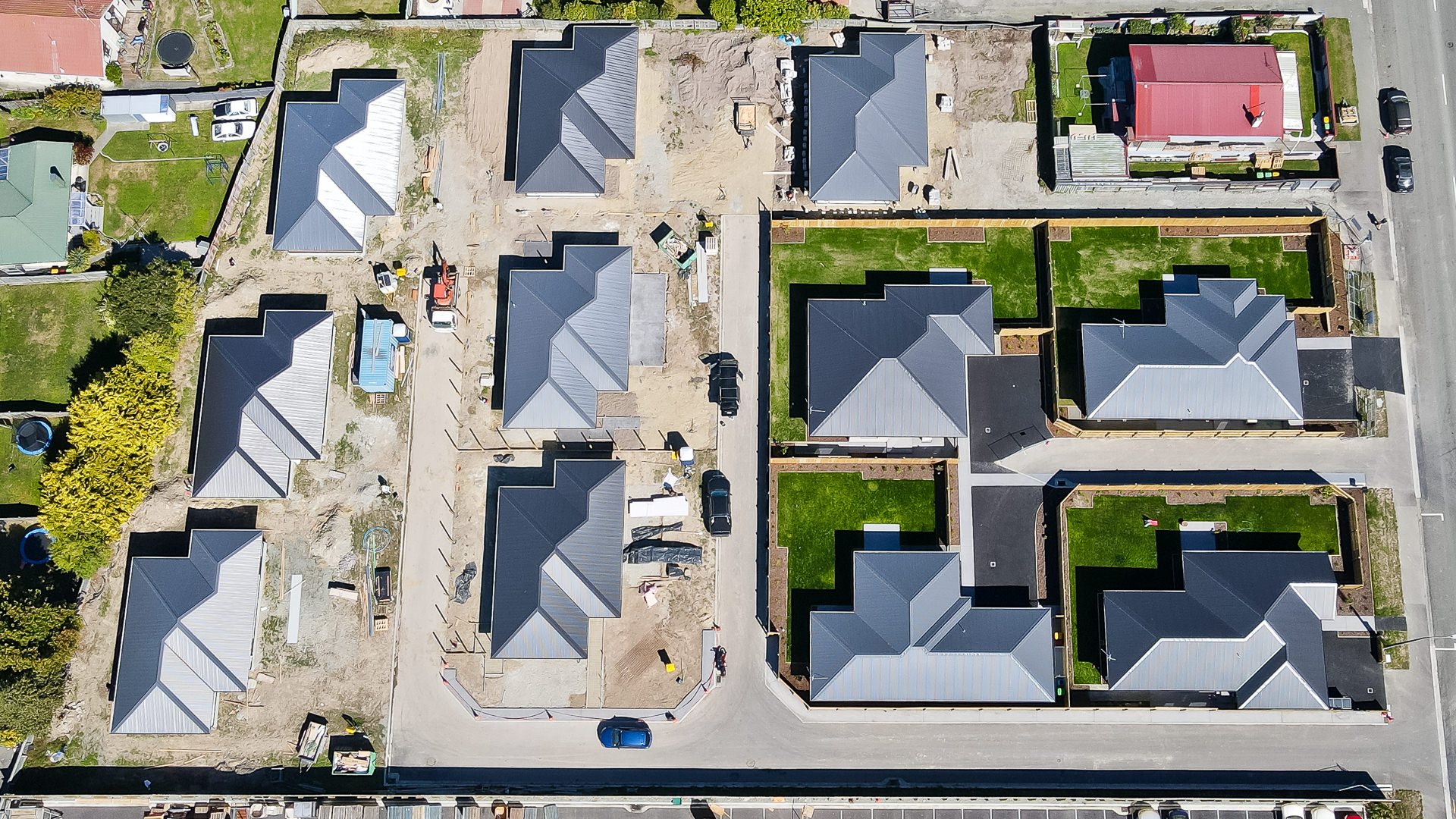There are a number of hazards associated with building your new home which, if not carefully managed, could cause serious injury or worse, to those that encounter them. Stonewood Homes has a legal obligation to ensure that those hazards are identified and controlled.
During the construction of your new home a fence will be erected and secured around your site to ensure that only suitably qualified and authorised persons can access the site, and subsequently to ensure any hazards are contained within it.
Although we understand that it is your property, legally we are required to control the building site while your home is under construction. We still want you to be able to access the site and view the progress and we have some processes that will make it easier for you to do this.

